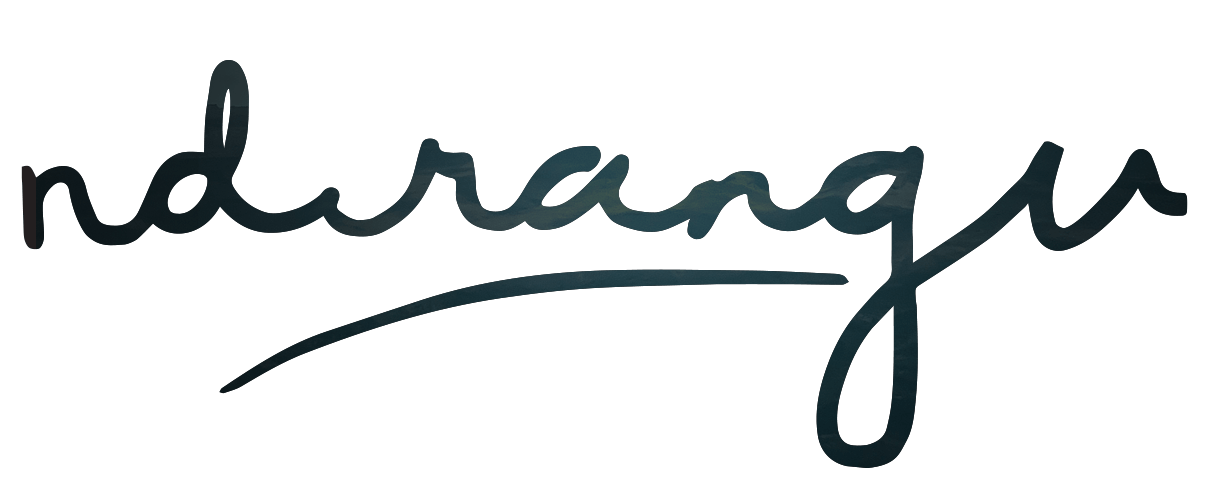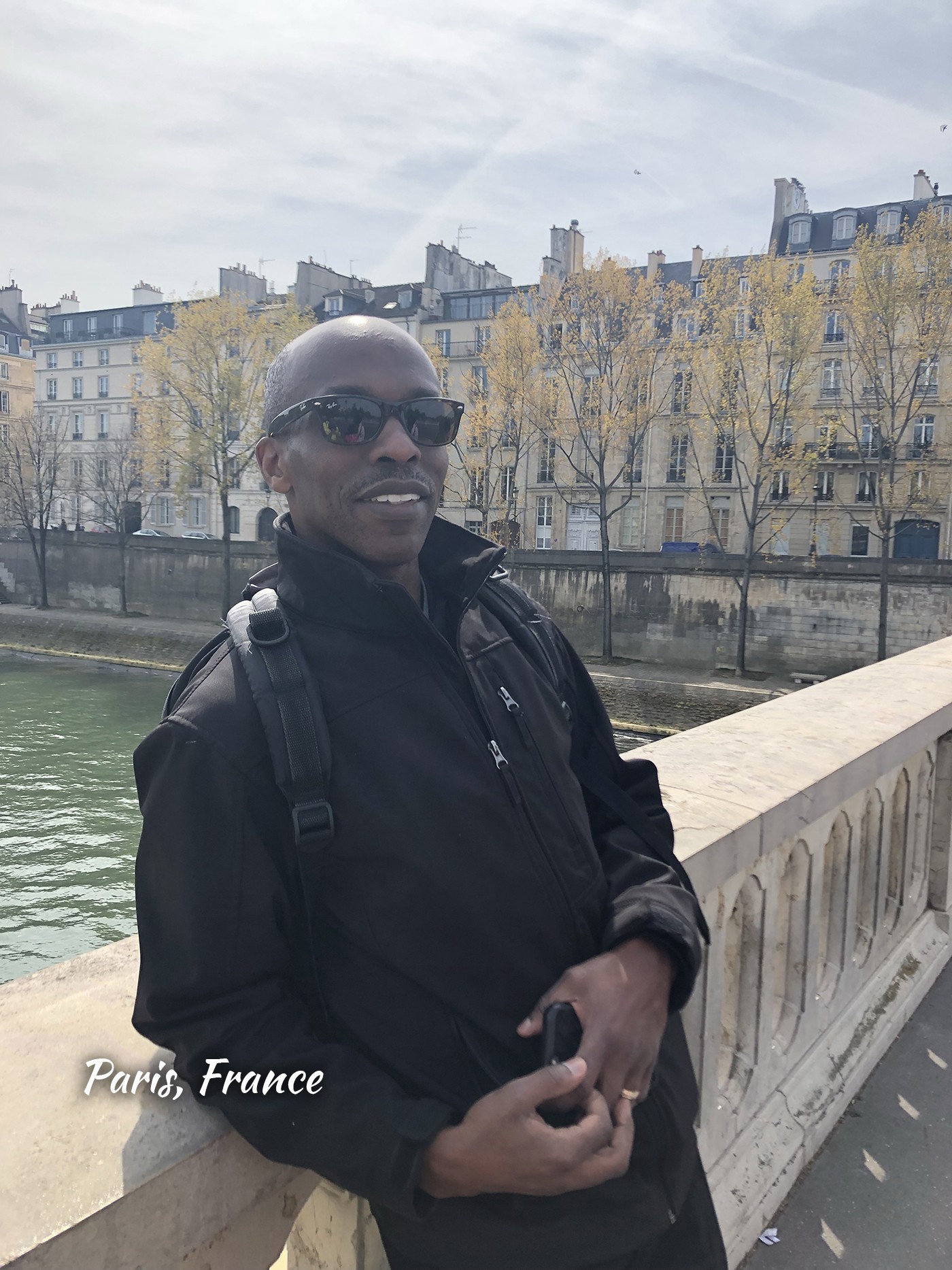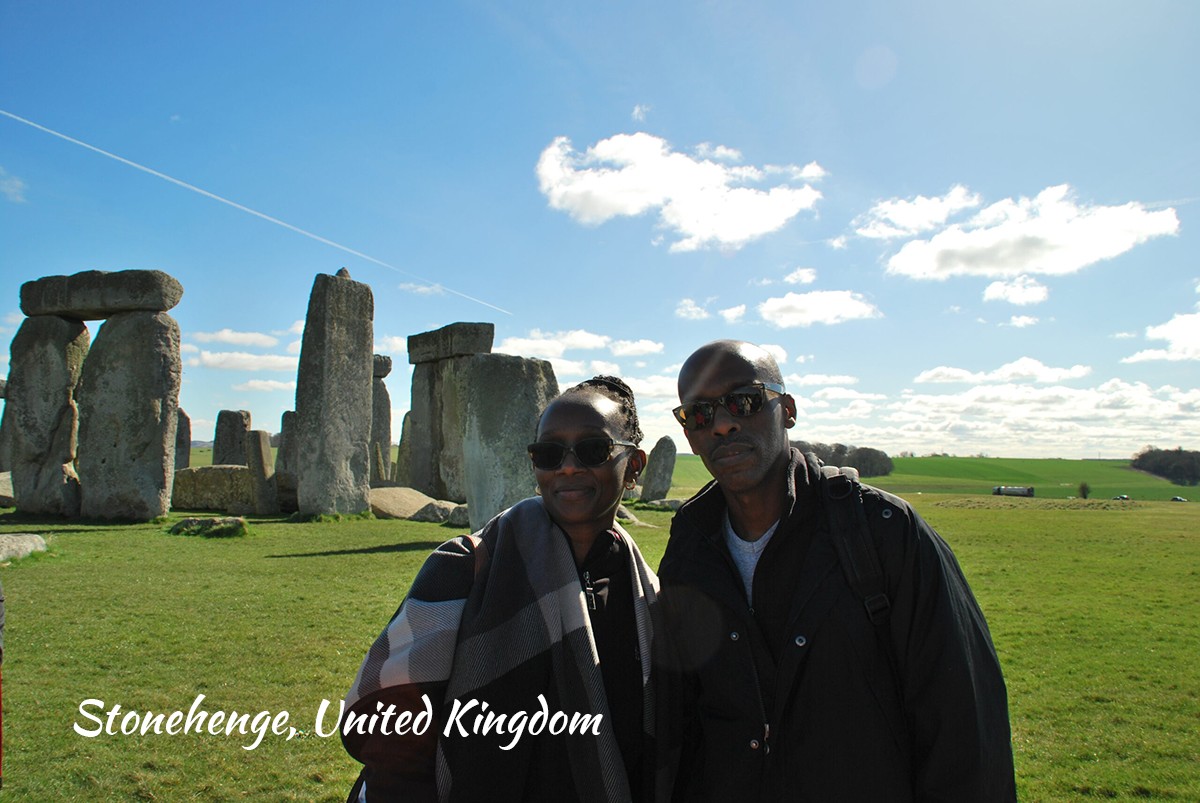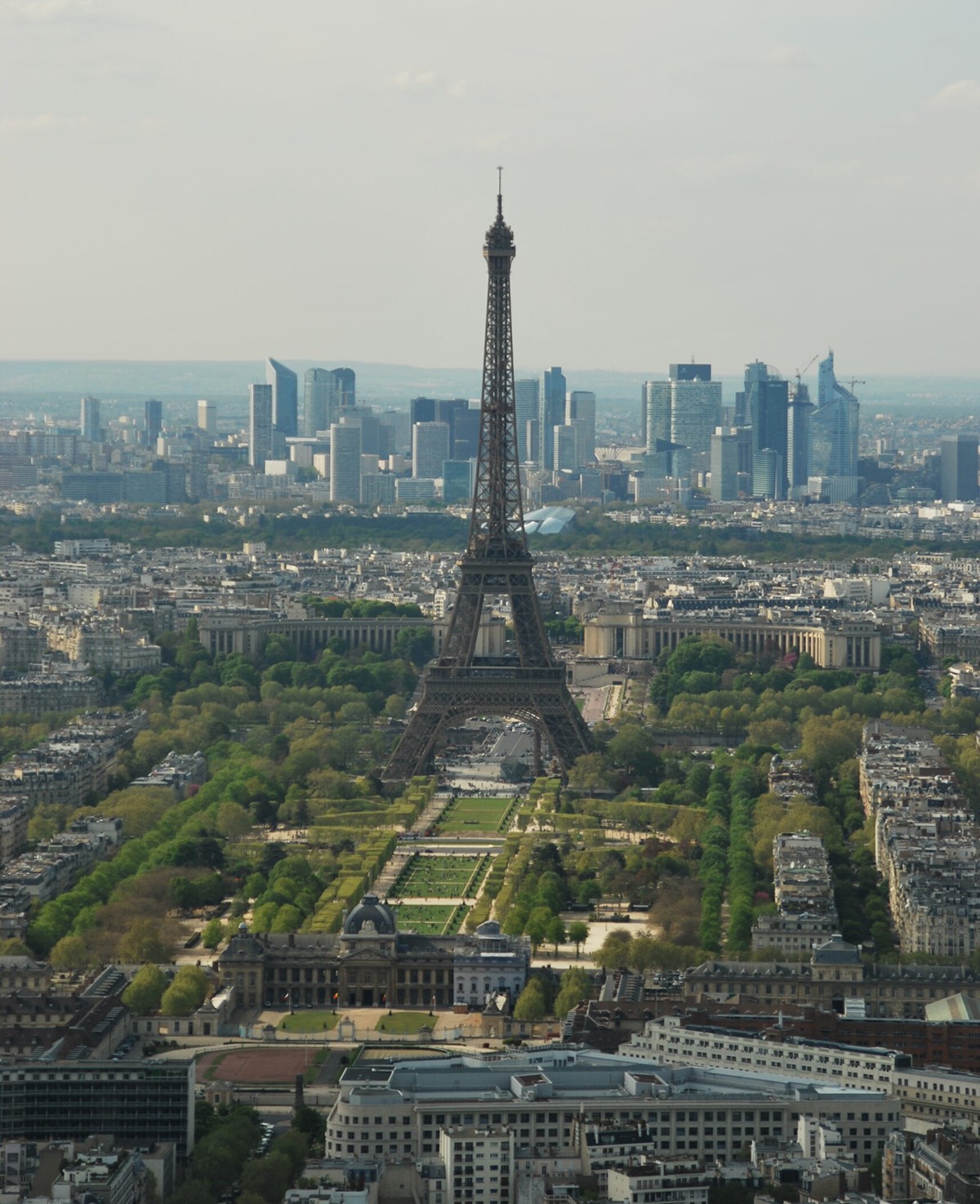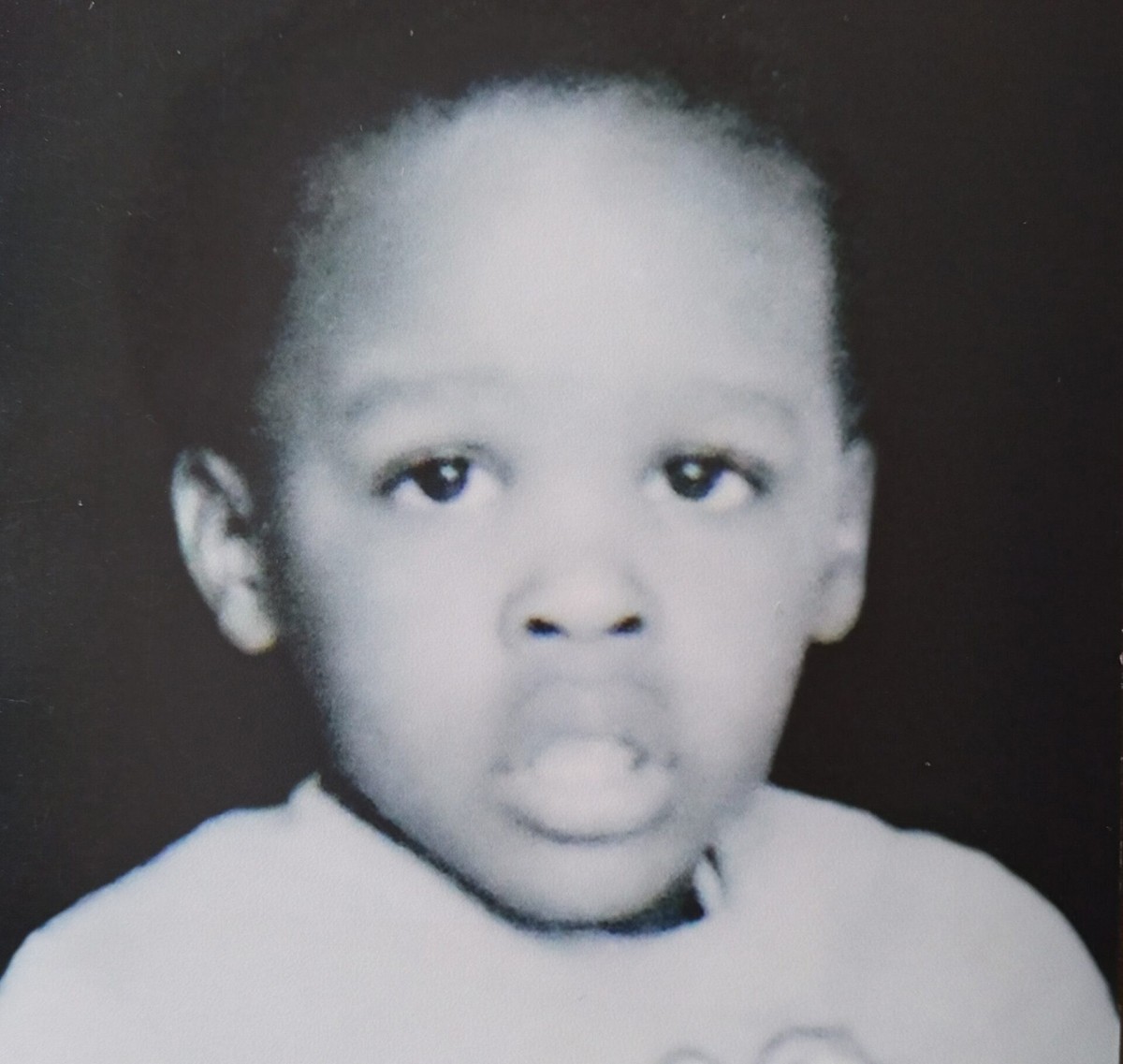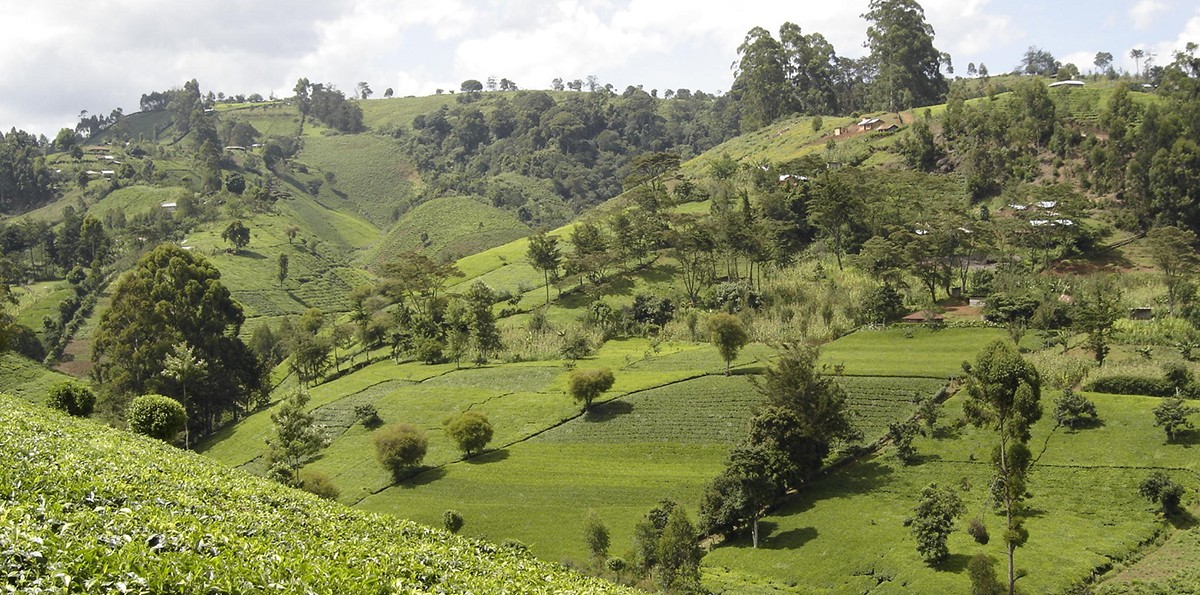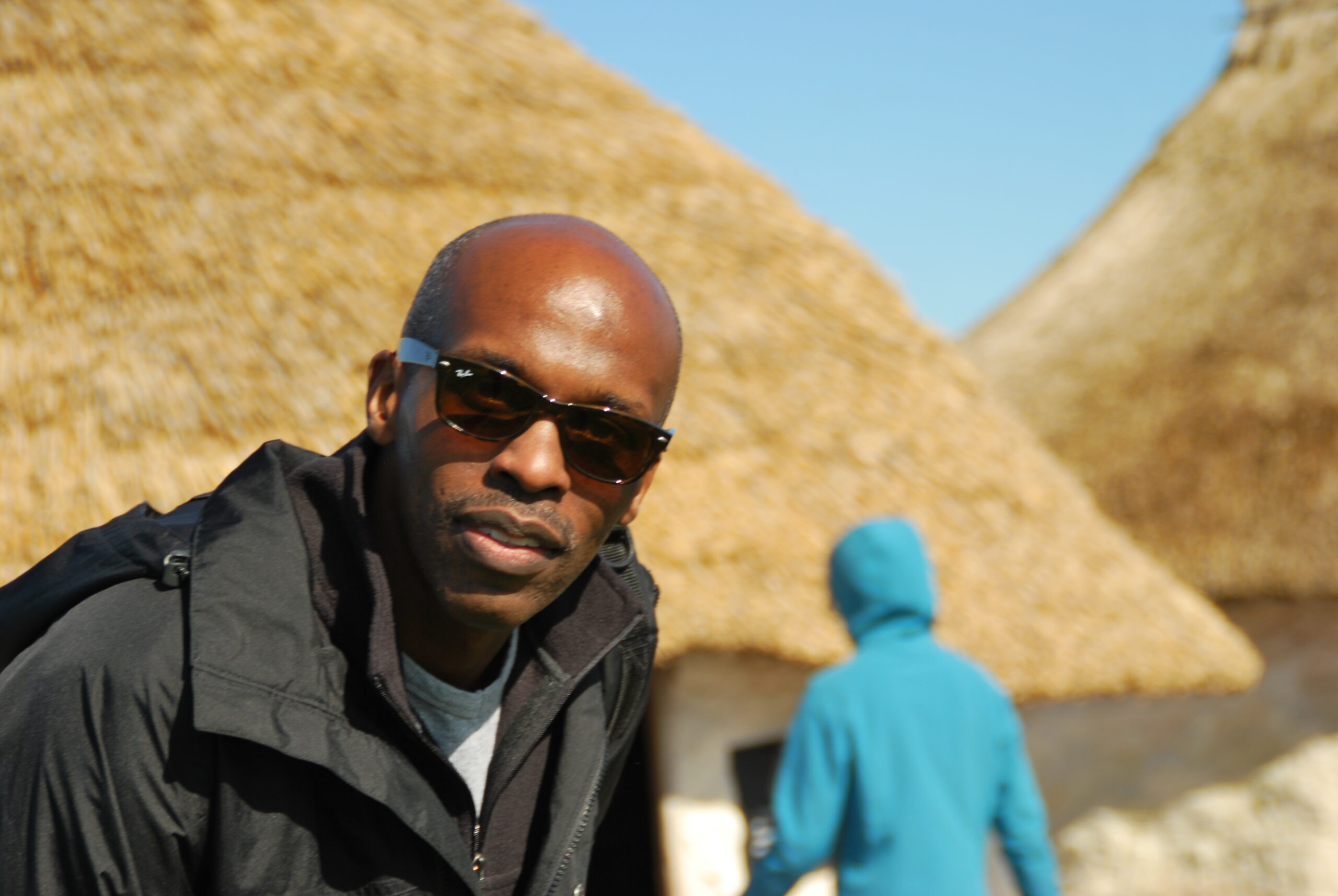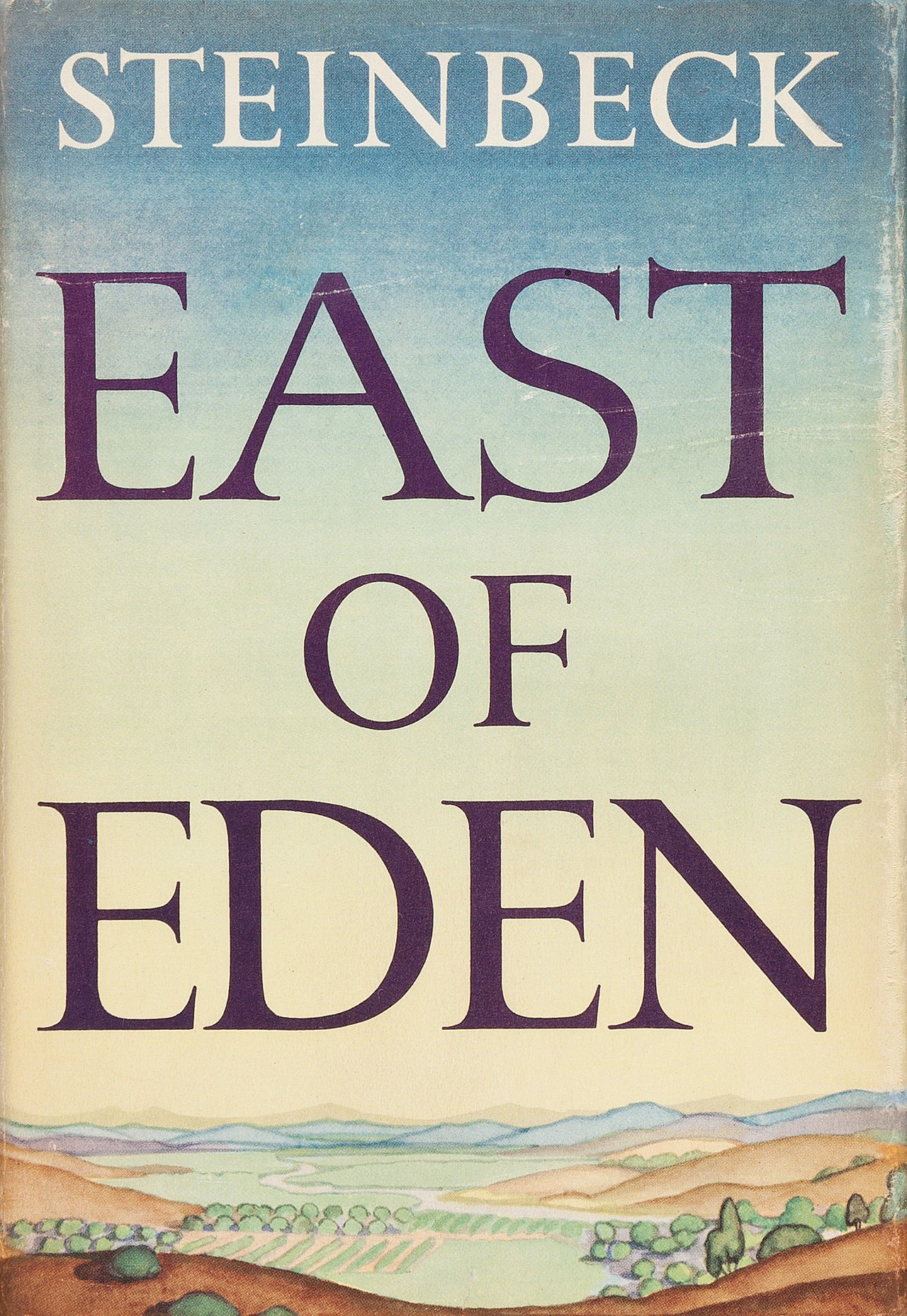Ndirangu Githaiga
Not everything is black or white for Ndirangu Githaiga, author, world traveler, and critical care physician.
He guides his readers to examine the shades of gray that exist between our unique challenges, triumphs, and perspectives.
Ndirangu’s childhood was infused with a love of learning by his parents, both career educators in the Nairobi area. He, too, enjoys imparting wisdom by telling important and timeless stories, drawing on a rich Kenyan upbringing blended with his experiences as a medical student and doctor who journeyed to the U.S.
Ndirangu earned his medical degree from University of Nairobi in Kenya, continued his education during internship and residency training at University of Pittsburgh Medical Center and completed his fellowship training in Pulmonary and Critical Care Medicine at the Cleveland Clinic. He lives in Virginia with his wife and three daughters.
Telling stories is part of Ndirangu Githaiga’s life’s work
Ndirangu is a world traveler who satisfies his interests, curiosities, and links to the past and future through exploration. Some of his travels center on the writers who have influenced his work.
Creative Influences
Sometimes authors inspired me by their life and impact;
other times it was a particular book.
Years later, I still remember how they made me feel.
– Ndirangu Githaiga
- The Brontë sisters — Charlotte, Emily and Anne — wrote under male pseudonyms, as it was felt at that time that writing was not a suitable occupation for women.
- Charles Dickens’ flowing lyrical style and vivid characters painted unforgettable images of the often-comical social dysfunction of Victorian England.
- Thomas Hardy’s prose and elaborate descriptions painted memorable images of the English countryside. I can still almost hear the cowbells clinking as cows grazed in the pasture in a scene from his story.
- Ngũgi wa Thiong’o is one of the rare authors with the ability to write fluently in two languages — English and Gĩkũyũ. The ability to communicate the same message to different people at different educational levels, and in different languages, is unique.
- Victor Hugo’s novel “The Hunchback of Nôtre Dame” led people in France to take a renewed interest in the Nôtre Dame Cathedral. The once neglected cathedral was restored in its original Gothic style. My family and I visited Nôtre Dame on the morning of April 15. 2019. That evening, we learned the cathedral caught fire earlier in the afternoon. I specifically wanted to visit Nôtre Dame because of how the novel captured my imagination. Later we visited Victor Hugo’s tomb at the Pantheon and discovered his tomb was next to that of another famous author I admire — Alexandre Dumas, author of “The Three Musketeers” and “The Count of Monte Cristo.”
- Chinua Achebe’s books, particularly “Things Fall Apart” are everywhere. It was required reading for me in high school. I was surprised to learn, many years later and thousands of miles across the ocean, that it was also required reading for my daughter in high school. This novel described precolonial Africa and the advent of colonialism in an enduring way.
- Wole Soyinka, another Nigerian author, has a different style — more abstract and philosophical. His dry wit and sarcasm in “You Must Set Forth at Dawn” left a lasting impression on me.
- John Steinbeck’s “East of Eden” was beautifully written, not just from the perspective of events transpiring amongst the individuals of the Trask family, but also in the way he brought the Salinas Valley in California to life.

